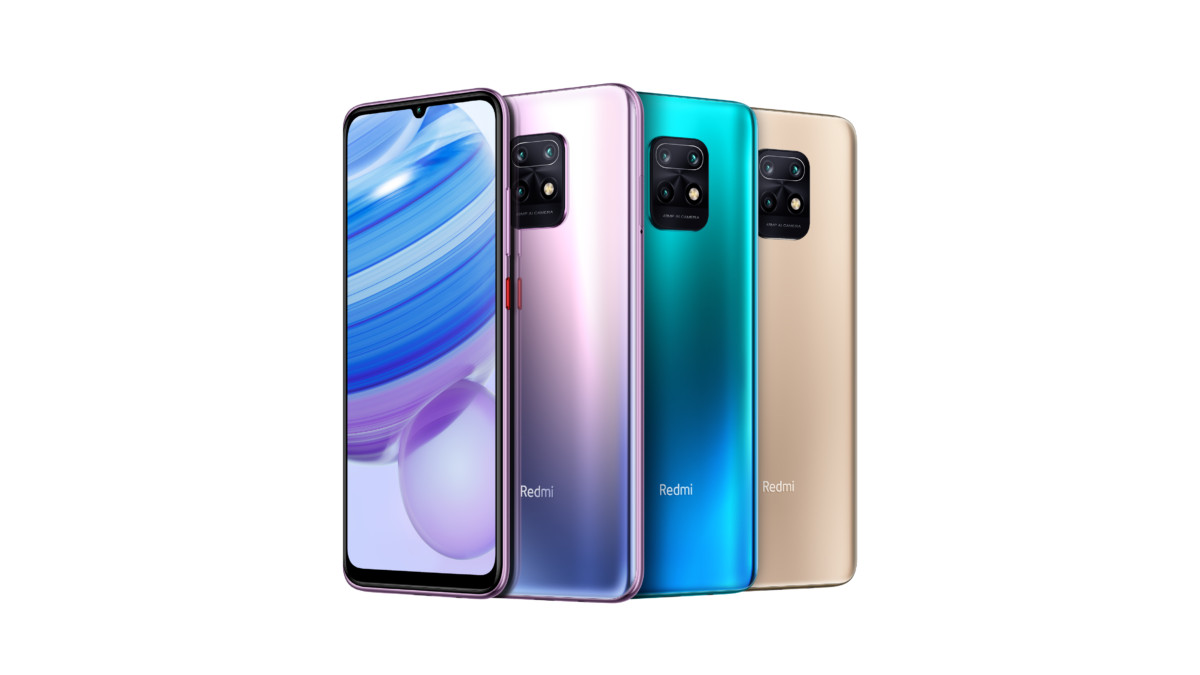Dual SIM technology is expected in many phones these days, owing to its sheer variety of use cases. A dual SIM phone allows you to easily take advantage of data/texting/calling promotions on various networks, it lets you use a foreign SIM when traveling without having to give up your local SIM, and you can have separate business/personal numbers on one phone.
The technology is maturing with the advent of 5G too, and the first dual SIM 5G phones (5G+5G) have already launched. Here’s what you should know about the feature.
5G+5G dual SIM explained
Dual-SIM 5G (or 5G+5G dual SIM as an alternative term) simply refers to the ability to use two 5G SIMs in the same phone, being able to connect to two different 5G networks without physically swapping out SIM cards. We’ve also heard of “5G multi-SIM� being thrown around, but this generally applies to 5G+4G dual SIM phones at the moment.
In any event, dual SIM 5G phones aren’t very common right now. In fact, very few phones support it in 2020.
Supported dual SIM 5G phones
Arguably the most notable dual-SIM 5G phones are the Redmi 10X and Redmi 10X Pro and they also stand out as the cheapest 5G phones on the market right now. Between the upper mid-range power, solid camera setup, and that price tag, we definitely hope it comes to global markets.
Vivo has also released the Iqoo Z1, being the first phone with the Dimensity 1000 Plus processor. In addition to the flagship-level power and 144Hz screen, you’re getting a phone with dual-SIM 5G support and a ~$310 price tag in China. Unfortunately, Vivo told us that its release is limited to China for now.
These are the only dual SIM 5G phones on the market that we’re aware of, so you’ll likely have to take the import route if you want one right now.
Which chipmakers support dual SIM 5G?
MediaTek fired off the first shot by supporting 5G+5G dual-SIM on its Dimensity 1000/1000 Plus flagship silicon as well as the Dimensity 820 chipset.
The Taiwanese chip designer doesn’t support dual-SIM 5G throughout its Dimensity range though, as the Dimensity 800 mid-range processor doesn’t offer it.
Read: 5G is not going to microwave your brain — All the myths, debunked
Qualcomm doesn’t currently have 5G+5G dual-SIM support but confirmed to Android Authority that it was indeed working on the technology.
“Our plans are definitely to offer 5G+5G dual-SIM and VoNR coming up (sic),� Alex Katouzian, Qualcomm senior vice-president and general manager of mobile, told us in an interview.
What does Qualcomm say about existing solutions?
Katouzian also questioned the feasibility of competing 5G+5G dual SIM solutions right now, asserting that it requires Voice over NR (VoNR) tech, which in turn requires a standalone 5G network (as opposed to NSA 5G used everywhere today). Current 5G NSA networks only provide a 5G data connection to your handset, while calls fall back to 4G LTE. This will change with the future 5G SA network, where everything is handled over the 5G pipe.
“But as of today, those networks don’t exist. So we do support 5G+4G dual SIM,� the Qualcomm representative stated. “5G+5G dual-SIM, all that means is I get a 5G icon on one of the SIMs (sic). It’s not really VoNR.�
For what it’s worth, MediaTek’s 5G+5G dual-SIM solutions are listed as supporting VoNR technology and those future standalone 5G networks. So even though the networks still rely on legacy infrastructure to route calls (e.g. VoLTE), it certainly sounds like MediaTek-powered phones will be able to take advantage of the tech once standalone 5G networks are established.
In plain English, people buying a MediaTek phone with 5G+5G dual-SIM connectivity can still use 5G data on both SIMs. It’s just that calls will take place over 4G, which is what current 5G phones do right now anyway (regardless of whether they’re single or dual SIM). When the required infrastructure is in place for calls over 5G as Qualcomm envisions it, it looks like MediaTek phones with 5G+5G tech can hop aboard too.
By Katouzian’s reasoning, even single SIM 5G phones aren’t truly 5G phones. But again, does it matter if you’re connected to a 5G network and getting those super-fast data speeds?
Related: Snapdragon SoC guide: All of Qualcomm’s smartphone processors explained
MediaTek declined to respond to Qualcomm’s comments but told Android Authority that its publicly shared information regarding 5G+5G dual-SIM remains accurate.
We also asked Huawei regarding its plans for dual-SIM 5G technology and phones, but the company refused to comment. Samsung has also declined to comment on its plans for dual SIM 5G support in Exynos chipsets.
The future of dual SIM 5G?
Qualcomm’s confirmation that it’s working on 5G+5G dual-SIM support means we should expect to see the tech in many more phones. After all, there aren’t many phones powered by MediaTek’s Dimensity chipsets right now.
The US chip designer didn’t reveal a timeline for dual SIM 5G tech in its chipsets though, but we’re guessing that it’s not in 2020. The new Snapdragon 865 Plus chipset doesn’t support it, nor does the Snapdragon 690 scheduled to appear in phones later this year.
What do you think of 5G+5G dual SIM phones? Take our poll! Otherwise, we’ve got more mobile tech coverage in the list below.

Loading poll





